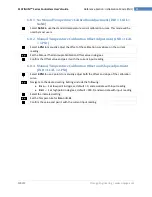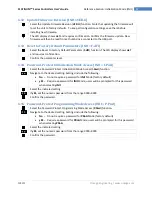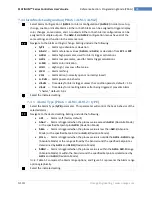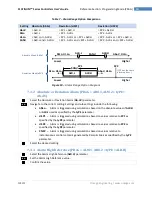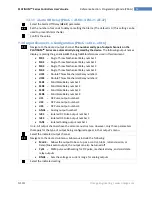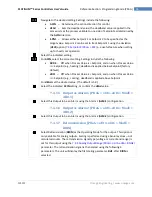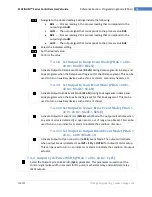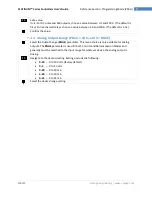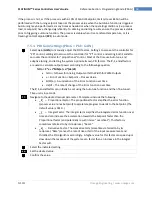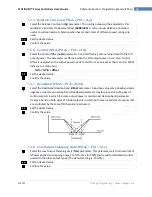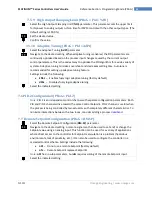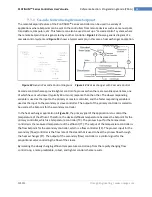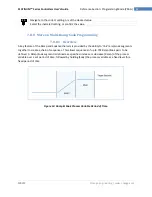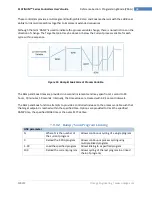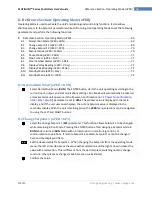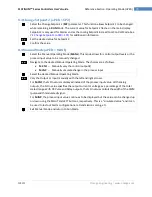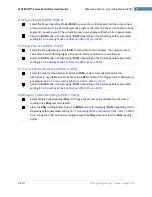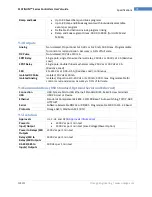
PLATINUM
TM
Series Controllers User
’s
Guide
M5451
Omega Engineering | www.omega.com
59
Reference Section: Programming Mode (PRoG)
If the process is hot, or if the process is within 10% of Control Setpoint, limit cycle oscillation will be
performed with the tuning setpoint taken at the process value when the Autotune function is triggered.
Autotuning may be performed as many times as needed or when the operating conditions (i.e: process
load, or setpoint) have changed significantly. To obtain good tuning results, ensure the process is stable
prior to triggering autotune function. The process is stable when it is at ambient temperature, or it is
tracking Control Setpoint (
SP1
) in auto mode.
7.5.4
PID Gain Settings (PRoG > PId > GAIN)
Select Gain (
GAIN
) to manually adjust the PID factors. Setting
I
to zero sets the controller for
“PD” control, setting
d
to zero sets the controller for “PI” control, and setting both
I
and
d
to
zero sets the controller for “proportional” control. Most of the time use Autotune, and
adaptive tuning, and letting the system optimize its own PID factors. The
P
,
I
, and
d
factors
are used to calculate output power according to the following equation:
%On = P*e + I*SUM(e) + d*(de/dt)
%On = %Power for Analog Outputs or %On Width for PWM Outputs
e = Error Function = Setpoint
–
Process Value
SUM(e) = A summation of the Error Function over time
de/dt = The rate of change of the Error Function over time
The
P
,
I
, and
d
factors can initially be set using the Autotune function and then fine-tuned.
Time unit is in seconds.
Navigate to the desired manual parameter. Parameters include the following:
_P_
–
Proportional Factor. The proportional factor amplifies the error function
(process value minus Setpoint) to accelerate progress towards to the Setpoint. (The
default value is 001.0.)
_I_
–
Integral Factor. The integral term amplifies the integrated error function over
time and can increase the acceleration towards the Setpoint faster than the
Proportional factor (and potentially result in more “overshoot”). This factor is
sometimes referred to by its reciprocal, “Reset.”
_d_
–
Derivative Factor. The derivative term (sometimes referred to by its
reciprocal, “Rate”) senses the rate of rise or fall of the input measurement and
throttles the PID algorithm accordingly. A higher value for this factor can speed up or
slow down the response of the system even faster than an increase in the Integral
Factor will.
Select the indicated setting.
Set the desired value.
Confirm the value.

